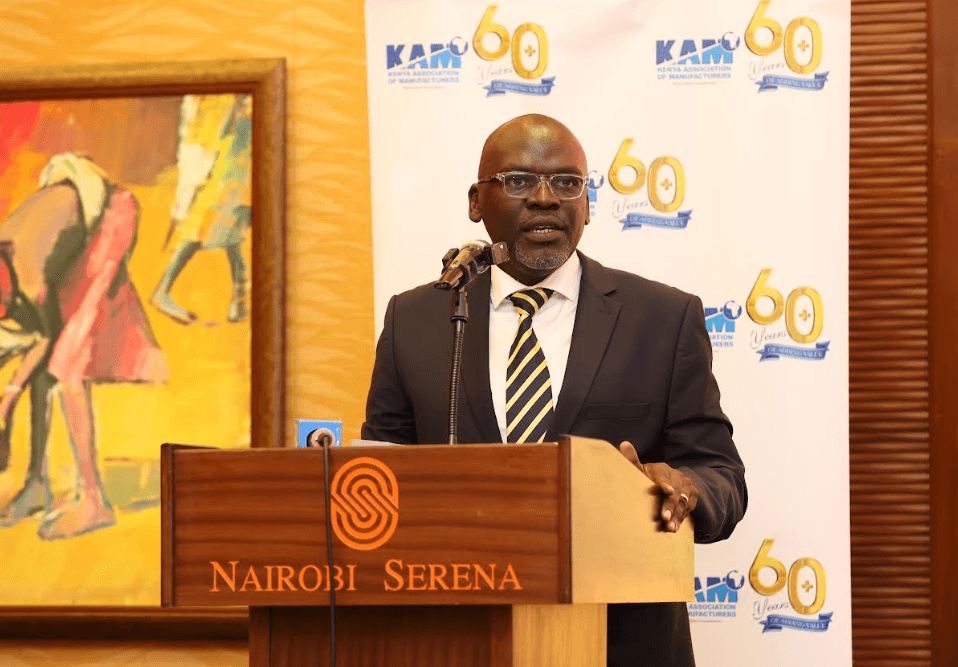Kenya loses an equivalent of a whole short rains maize harvest, estimated at an average of five million 90kg bags annually.
According to researchers from the Tegemeo Institute, the national maize post-harvest losses are estimated to be between 4.8 and eight million bags annually — 12 to 20 per cent of the total national average production of 40 million 90kg bags.
Kevin Onyango, a researcher from the institute, said maize, which is the staple crop of the country, has an average production of 40 million bags against an estimated annual demand of 45–50 million bags.
“The estimated national consumption of maize in the country is 3.39 million bags per month or 40.7 million bags per year. This means if all the maize produced went to food use, the country would still need to import around one million bags to meet the maize demand for food,” he said in a statement.
“This is further complicated, given the need for maize for other uses, including industrial manufacturing, seed and animal feed, which account for two, one and two per cent respectively.”
Onyango, the lead principal investigator in a study on post-harvest losses in Kenya, said post-harvest losses mainly include spillages during handling, transportation, processing and marketing; rotting and aflatoxin contamination brought about by improper handling, and inadequate storage technologies.
It also includes losses to pests, birds, insects, mechanical damage during farm level elementary processing and off-farm value addition.
“Together, these account for a loss of between 4.8 and eight million bags annually. This loss would be enough to cover about one-and-a-half months of consumption demand for the country,” Onyango said.
Long-term variations in weather patterns have also emerged strongly as a contributor to post-harvest losses, with changing climatic patterns altering conditions of the maize harvesting period in most parts of Kenya’s grain basket.
These conditions not only hinder proper grain drying, but also provide conditions that are conducive to grain pests and disease buildup, Onyango said.
Ironically, more than 50 years after Independence and with a number of legislation, policies and strategies, Kenya is still a food deficit country.
“It is, however, encouraging to note that in the recent past, the government has prioritised food security among the top four issues to be addressed over the coming five years,” he said.
The researcher added that in the face of serious food shortages that were experienced in early to mid-2017, Kenya’s food security continues to be a major concern to policy makers and industry players.
“The main concern is on how the country can transition permanently to a food self-sufficient state. To address this, strategies are urgently required to promote and invest in better post-harvest produce handling and management practices,” Onyango said.
















